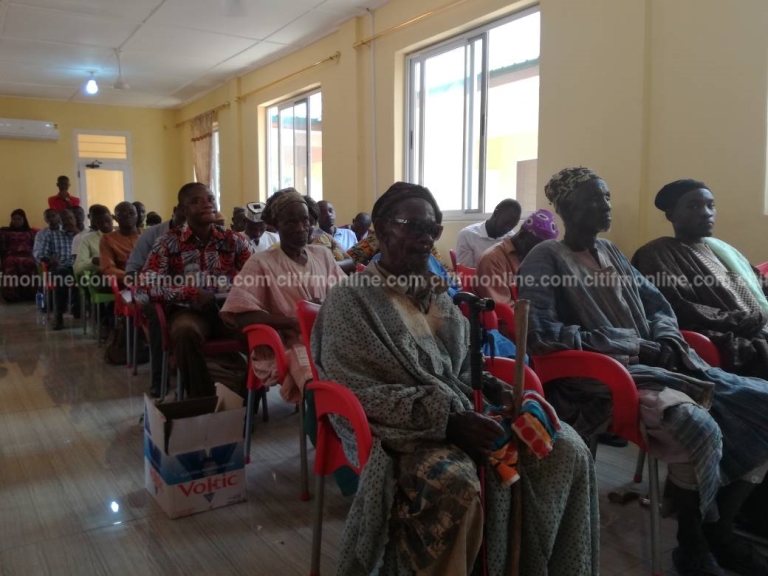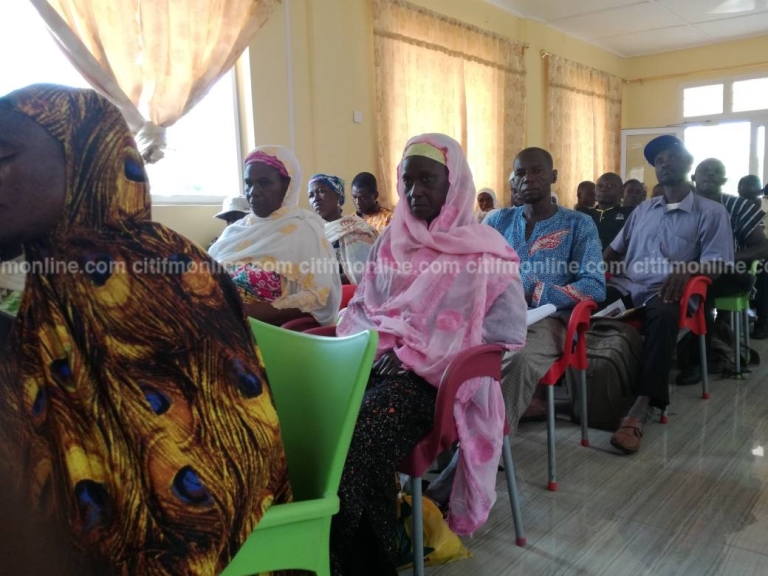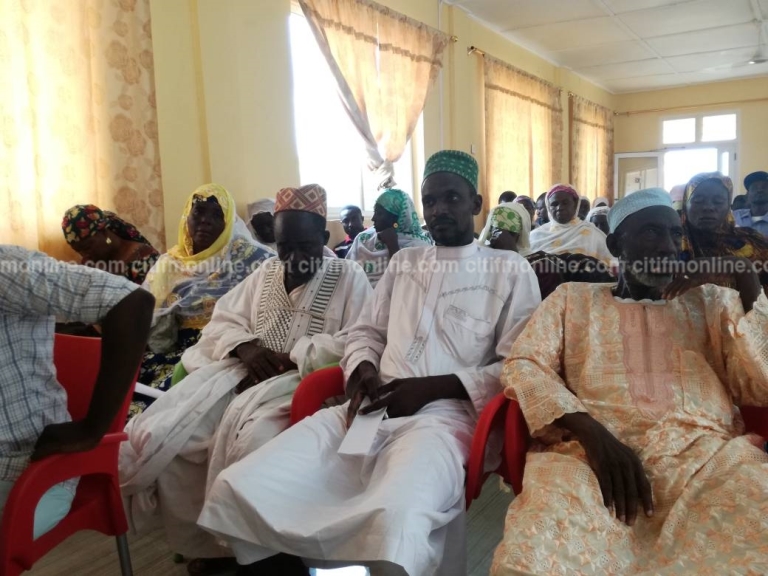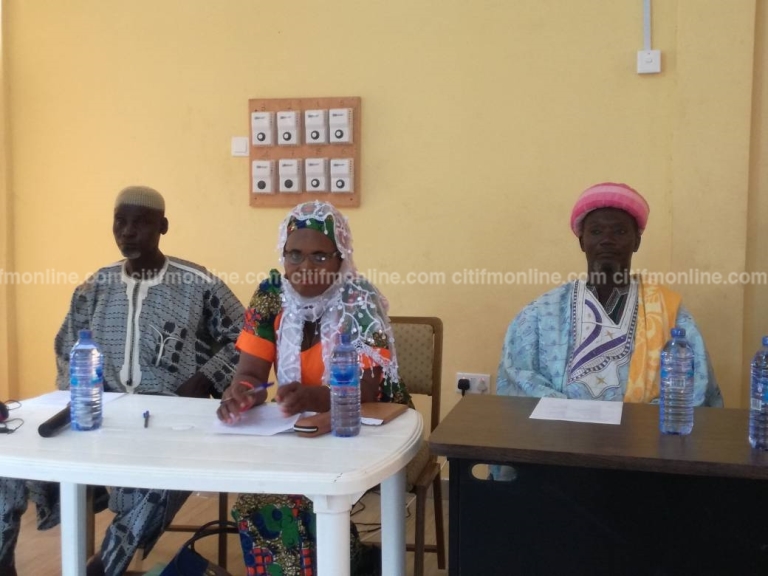Ahead of government’s implementation of the much touted one-district-one-factory policy, the Ghana Developing Communities Association (GDCA), in partnership with the Community Livelihood Improvement Programme (CLIP), is to build soya beans processing factories beginning in three selected districts of the Northern Region.
The project, when completed, will be in line with the food security and livelihood project code-named, “Communities United in Fighting Child Hunger.”

It forms part of a grand scheme aimed at addressing child malnutrition, hunger and poverty in the selected districts of Mion, Karaga and Saboba.
The three selected districts have been identified as child malnutrition and food insecurity prevalent zones.

The Ghana-Denmark Partnership drive is providing funding for the projects, expected to be operational within 30 months.
The GDCA Executive Director, Alhaji Osman Abdul-Rahman, at the official launch in Sang, district capital of Mion, reiterated his outfit and its development partner’s determination to address the menace.
“We are committed to addressing the nutritional and food insecurity challenges of the beneficiary districts. Women groups would be supported to produce food stuffs such as soyabeans and moringa to raise the income levels of their families.”

He said moringa, soya beans and baobab, among other local crops, have high nutritional values and thus encouraged women to frequently use them.
Alhaji Abdul-Rahman posited that, the GDCA/CLIP and their partners acknowledged government’s much touted one-district-one factory initiative, hence their modest contribution.

According the regional Nutrition Officer, Hajia Azara Adamu, the region is bedevilled with high rates of micronutrient deficiencies such as anaemia, vitamin A deficiency and iodine deficiency.
“For this reason, the Ghana Health Service is working to reduce stunting by 8 percent by December 2018, and hoping to increase household consumption of iodised salt from 16 percent to 30 percent.”

“The GHS is also working to increase iron and folic acid supplementation from 53 percent to 75 percent by December 2018, while decreasing the percentage of women having low dietary score from 37 percent to 30 percent.”
Programmes Manager of CLIP, Lukman Yussif, predicted that the project would help address chronic and hidden hunger caused by poverty and socio-cultural stereotype.
“As part of strategies adopted to address chronic and hidden hunger suffered by children, women would be given skills to prepare higher quality food with improved nutritional value.”
The Mion District Chief Executive, Mohammed Hashim Abdallah, commended GDCA, CLIP and their partners for placing premium on the district.

“We in Mion District are very excited to learn that the project is going to set up a soya bean processing factory in Sang here to process soya bean into oil and blend. This is in line with the current government’s policy of ‘one district, one factory.”
Mr. Abdallah pledged the assembly’s commitment to make the project successful. Health statistics show that, Ghana’s productivity ratio is significantly affected by child under-nutrition.
The Northern Region currently recorded the highest rate of malnourished children.
A nationwide comparative analysis disclosed that, 20.0 percent of children less than 5 years of age in the Northern Region, are underweight, 33.1 percent stunted and 6.3 percent wasted.
–
By: Abdul Karim Naatogmah/citifmonline.com/Ghana

